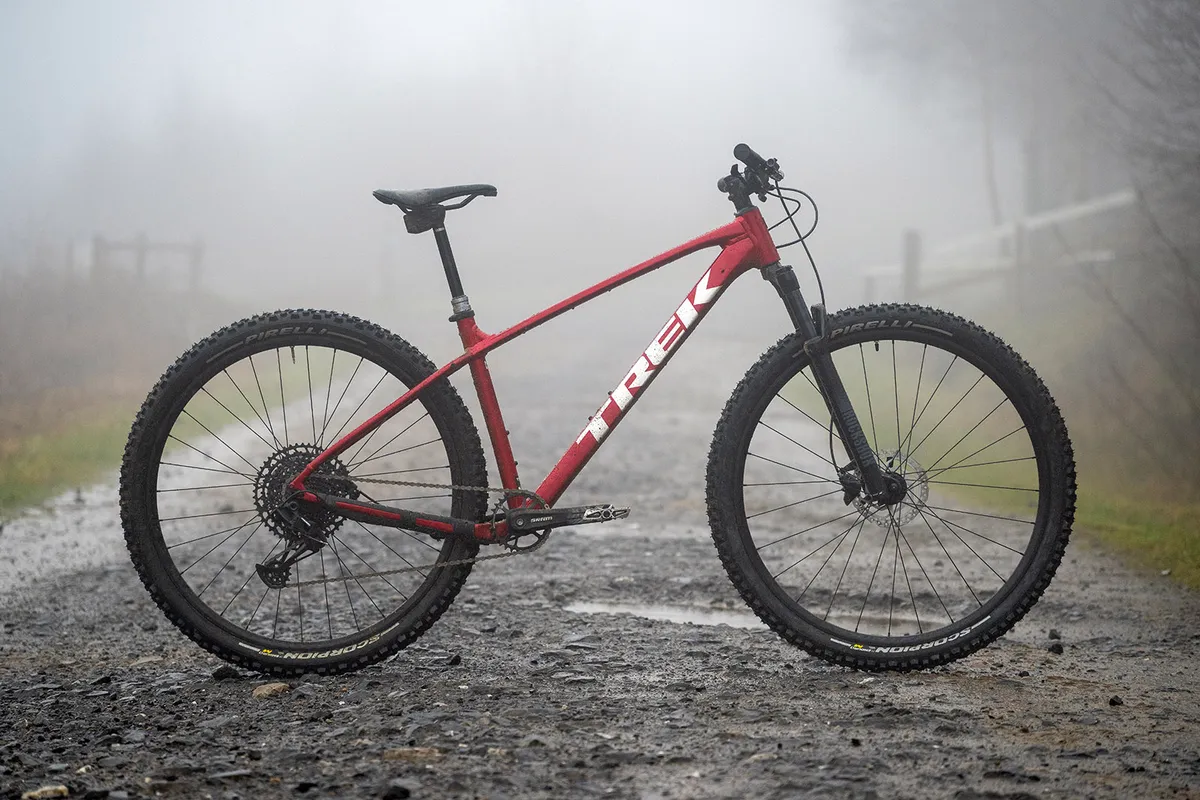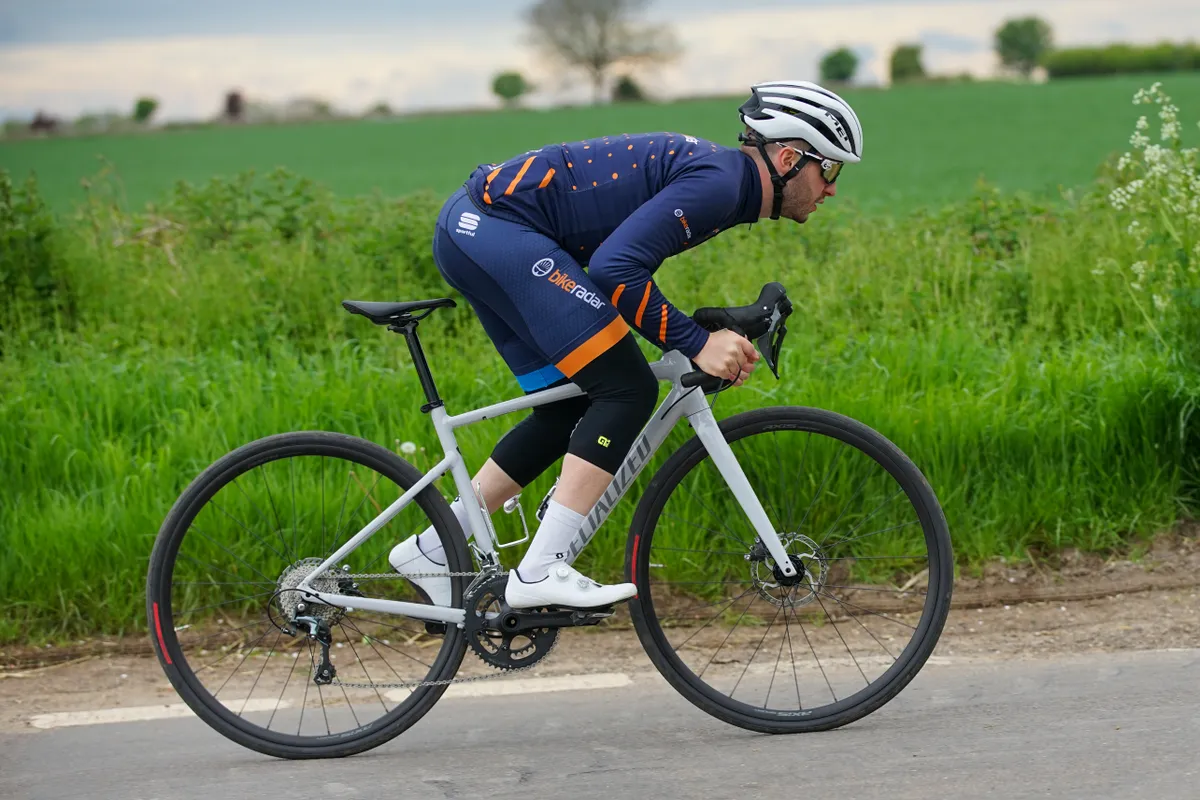When it comes to bike frame materials, aluminium is often considered the poor relation of carbon, titanium and even steel.
But aluminium bikes can be as light as carbon ones, cost less and be more environmentally friendly. They can ride just as well, they’re more durable and may offer the aero features many carbon bikes incorporate.
So here are six reasons why you should choose an aluminium frame over other options for your next bike.
Performance

Aluminium bikes have retained an unfair reputation for a harsh ride, which they picked up when they replaced steel as the frame material of preference over 30 years ago.
That’s an outdated notion, with modern aluminium frames offering just as much road-smoothing as many carbon frames.
When it launched its Italia RC Ltd frameset in June 2025, Condor said: “At Condor, we’ve always believed that aluminium never quite got the recognition it deserved at cycling's highest level.
“When crafted correctly by skilled artisans using a precise selection of aluminium alloys, it delivers a ride that's both smooth and incredibly lively.”
We’ve highlighted the ride quality and handling in many of our reviews of aluminium bikes – just check out our guide to the best aluminium road bikes.
Aluminium trumps steel on its strength-to-weight ratio, so an aluminium bike will be lighter. That’s matched by titanium, but we all know how pricey the best titanium bikes are.
Durability

An aluminium frame can take a few knocks, making it a good option for a bike that’s going to see heavy usage, such as a commuter or tourer, or for gravel riding or crit racing. Louise Ferguson was the first woman to complete Red Bull Hardline Wales, riding an aluminium Intense M1.
If an aluminium frame takes a knock, you can see the dent and assess the damage.
In contrast, carbon frames are more delicate. Damage isn’t necessarily as obvious either. A ding can cause delamination within the tubes, where it can’t be seen. It’s much less common for an aluminium frame to fail completely than a carbon one.
Sustainability

Trek’s sustainability report says that producing aluminium bikes can be less emissions-intensive than making carbon bikes, but only if the aluminium is produced using renewable energy.
Trek found that aluminium produced using fossil fuels was its largest generator of CO2. It aims to reduce its emissions per aluminium bike, including components, by 70 per cent.
End-of-life reuse is significantly easier for aluminium than carbon frames, because the metal can be recycled and reused with significantly lower energy input than producing new aluminium from ore.
Used carbon fibre, in contrast, has few recycling options. The mix of fibres and resin can’t easily be separated and frames may be shredded, with limited uses for the resultant material – or they go to landfill.
Weight

“Carbon = light, aluminium = heavy”, right? Actually, no. A quality aluminium frame can be just as light as a mid-spec carbon frame.
The headline-grabbing sub-1kg carbon frame weights are typically for premium frames made with expensive high modulus carbon fibre. Lower-spec carbon frames use lower-modulus carbon and less sophisticated moulding techniques, which results in additional resin supporting the carbon fibres.
So the aluminium frame on a mid-priced bike may be around the same weight as a carbon frame. When Simon von Bromley reviewed the Trek Émonda ALR, he noted that the 1,257g aluminium frame was only 34g heavier than the similarly priced carbon Émonda SL.
Aerodynamics

Aero is a hot button in road bike design, with every new pro-level race bike boasting the number of watts saved.
Aluminium isn’t locked out of the aero party, though, with many frames featuring dropped seatstays and hydroforming permitting the manufacture of truncated aerofoil tubing. Aero features are found, for example, in bikes including the Cannondale CAAD 13, Specialized Allez Sprint, Standert Kreissäge RS and the aforementioned Trek Emonda ALR.
And how aero do you need to be? Unless you’re racing at pro speeds, the gains from an aero frame are marginal, saving you a few watts at best. Most aero benefits come from the rider, not the bike, so working on your position is likely to be more effective than an expensive aero setup, even if that does look more pro.
Cost

Aluminium bikes dominate the lower end of the market for a reason – they’re a lot cheaper to produce than carbon bikes. This is because the frame tubes are shaped by machine and there are only a few welds needed to form them into the frame.
Aluminium is also a lot cheaper than titanium alloys and a lot less tricky to weld.
In contrast, a carbon frame is usually made up of hundreds of pieces of carbon fibre, which have to be laid up precisely by hand before being placed in a mould and cured in an oven.
But that doesn’t mean an aluminium frame isn’t a quality option. Some of the reduced cost of fabrication can be spent on finishing the frame, with many high-end aluminium frames boasting smoothed welds that make them hard to distinguish from carbon.




